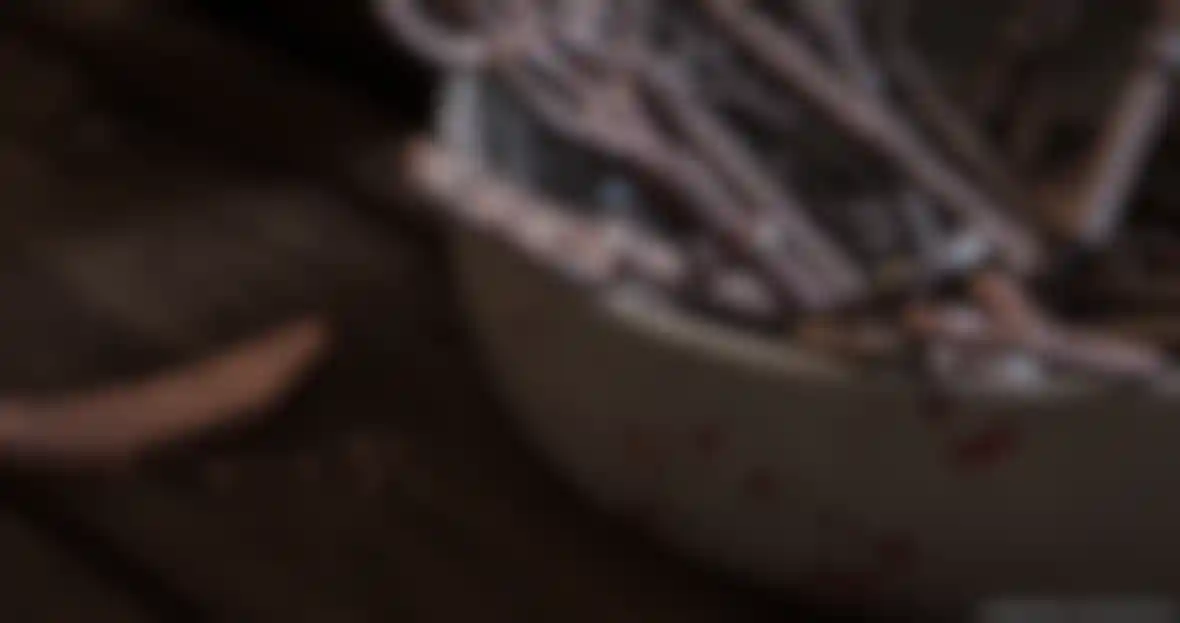
An Enchanted Key In his experimental short film ‘Keys’, Raphael Rau gives keys a life of their own.
The works of Raphael "Silverwing" Rau never fail to impress with their virtuoso reproduction of physically correct behavior of materials and light. It was also his intention to create a highly realistic look for his personal experimental project 'Keys' while also optimizing his workflow for more complex short film productions.
The keys for which the film is named and their enchanted ways are presented in a medieval setting. Together with the ambient soundtrack by sound designer Simon Damborg, 'Keys' unfurls a mysterious atmosphere, which raises the viewer's curiosity about what secret these keys bear.
Raphael's penchant for realism is apparent from the very start with the spider webs waving in the wind. These are made up of simple splines that are connected to the geometry of the bowl, dish and floor. To simulate their movement in the wind, the splines were subdivided and a Spline Dynamics tag was added to them. Raphael simulated the extremely light webs by defining a very low gravitational value for the tag. To make the spider webs visible, Raphael assigned them to a Sweep object. "Since real spider webs do not have a uniform thickness, are translucent and are slightly sticky, I tried to simulate these characteristics as well," explains Raphael. This is why he varied the splines' radii and used the MoGraph Cloner object to position a variety of dust particles and tiny hairs along the web. A Wind object with turbulence is used to set the webs in motion.
The keys and the entire environment were modeled in Cinema 4D. The new Knife tools added in Release 18 were very useful, as Raphael explains: "Being able to switch between the Knife tool's modes (Single Cut / Loop Cut) so quickly combined with the snap function when cutting loops dramatically sped up my workflow compared to working with the previous Knife tool."
Raphael used Octane Render for texturing and rendering. He created several simple shaders to mark the keys' convex and concave surfaces using black-to-white gradients. Raphael applied a metallic texture to the protruding convex regions and the concave regions were given a darker, rusty texture.


Raphael used the new Voronoi Fracture feature added in Cinema 4D Release 18 to create the animation of the exploding key halfway through the film. Initially, the edges of each fragment were smooth, which doesn't reflect the realistic behavior of metallic materials. This problem was solved by subdividing the fragments segments and then grouping them in order to create realistic-looking edges. Dynamics was used to simulate the explosion of the key by having the fragments of the subdivided key model collide with an invisible cube.
In order to create a very dense atmosphere and spatial depth, Raphael used volumetric lighting for the first time. He positioned the Volume object from the Cinema 4D Octane plugin in the scene and defined a fog with a fitting density. In the scene with the columns, for example, a Spot light is positioned above the key and creates an impressive backlighting that causes the key to cast a visible volumetric shadow through the fog. A second Volume object is used to create the visible clouds at the top of the scene that cast additional shadows and create the 'God rays' through the fog.
The final rendering took about five to six days to complete on a local render farm with 14 GPUs. This was quite good considering the numerous effects that were rendered with almost realistic precision, without anything having to be "faked" manually: "All behavior is physically correct and you don't have to contemplate long at all to know how real fog would behave in this situation."
Raphael Rau's web site
http://www.silverwing-vfx.de/
Simon Damborg's web site
http://www.humanrobotsoul.com/



